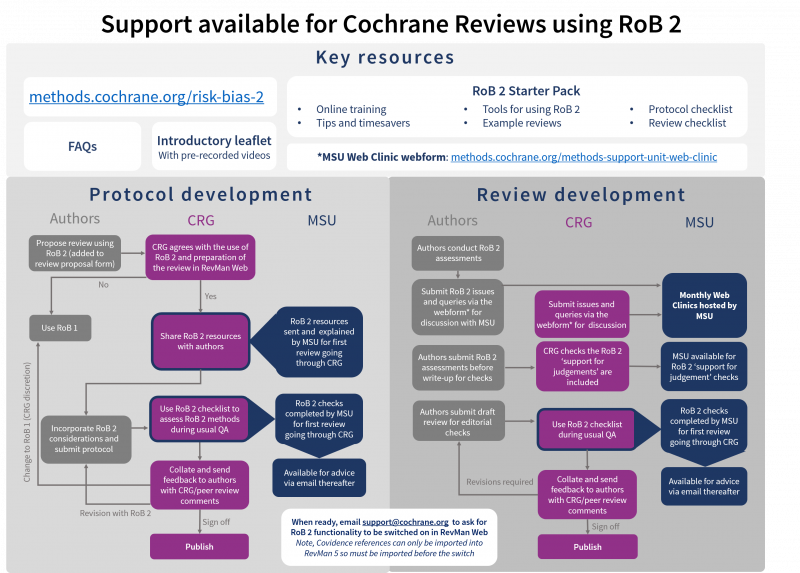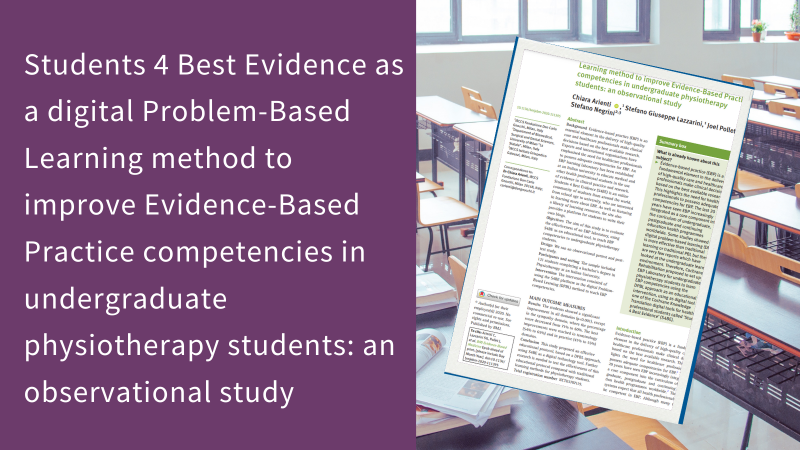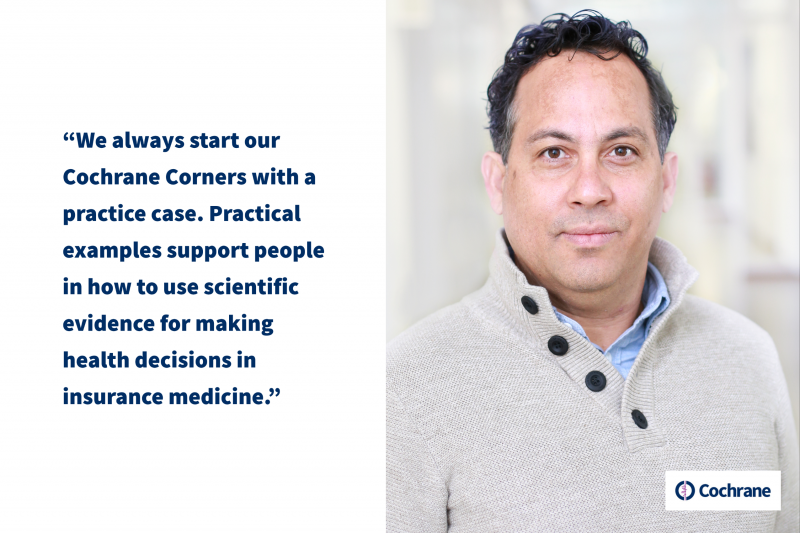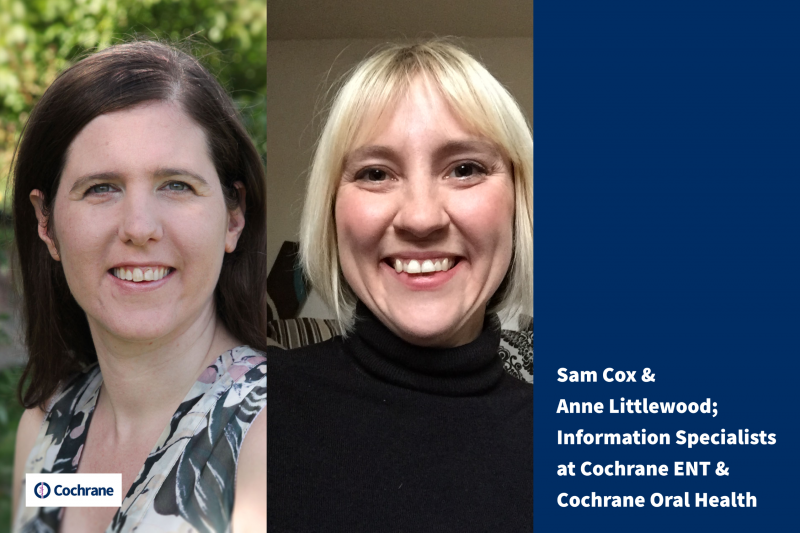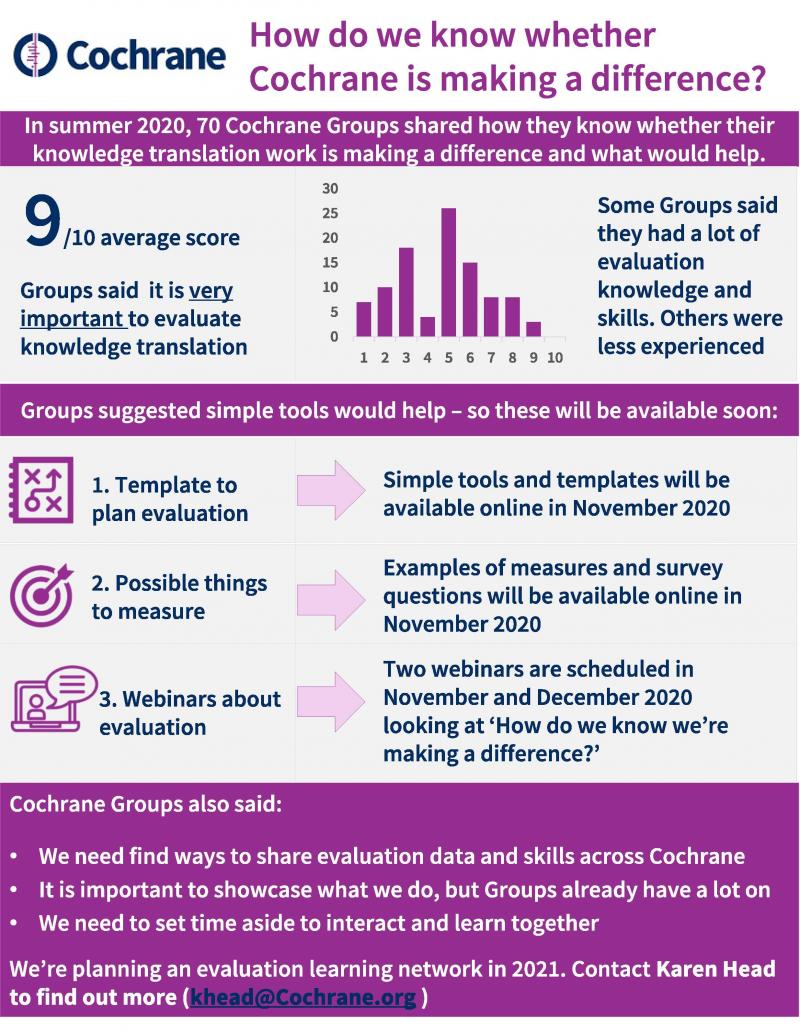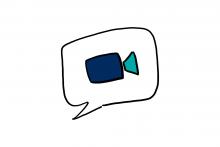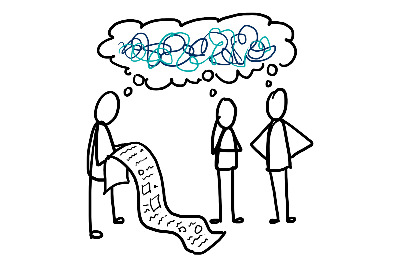Co-ordinating Editors share priority setting experience


Cochrane Multiple Sclerosis and Rare Diseases of the Central Nervous System recently launched an international priority setting exercise. Here, the Co-ordinating Editors, Dr Graziella Filippini and Dr Francesco Nonino, tell us about their experience with priority setting and plans for evaluation and implementation.
Why do you think it’s important to identify systematic review priorities?
We need to identify priority questions to make sure that our systematic reviews would be as useful as possible to the people who need to use, or might be affected by, our research: people with multiple sclerosis and their carers, health and social professionals, researchers and the wider community. Moreover, we think it is important to identify and prioritise interventions that could potentially reduce inequity or health problems that are more relevant to disadvantaged groups.
How has your Review Group approached the priority setting process?
In our view, the process needs involvement of all stakeholders, therefore we started a wide-ranging consultation process through an online survey. People with multiple sclerosis, their carers, health and social professionals, researchers, are invited to tell us their ideas for research priority topics in multiple sclerosis by responding a short anonymous questionnaire, available in 12 languages (ms.cochrane.org/priority-setting-multiple-sclerosis-international-survey).
The survey will be open for participation until December 13, 2020.
We are asking respondents to choose and rank 3 high priority questions from a list of 16 questions and suggest additional free-text priority research topics that they think are missing from the list.
At the end of the survey we will start working on the first three Cochrane reviews, that will be produced on the 3 top-ranking priority questions, based on the answers of the respondents. The remaining questions and more additional questions, suggested as free-text by the respondents, will be grouped and consolidated into a new list that will be used in the second survey.
What have been the main challenges so far?
To date we have received 349 completed questionnaires, mainly from European high-income countries. We are concerned we will not be able to reach a wide diffusion of our survey, and responses by people from middle- and low-income countries.
When will the results be available?
We expect results of this first survey will be available in February 2021
How do you think the agreed priorities will shape future research?
We will publicly share the results of the survey, and we think that the agreed priorities will be most useful to the community. It will be an opportunity for a multi-stakeholder involvement in identifying areas in multiple sclerosis where evidence is lacking. At the end of the survey we will produce the first 3 Cochrane reviews on the 3 top-ranking topics.
Additional resources
- Group’s survey/priority setting webpage
- Cochrane Community webpage on priority setting exercises
- KT guidance note
Acknowledgements
This priority setting exercise was designed in collaboration with the Cochrane Neurological Sciences Field and Cochrane Italia.
We thank our Editorial Base team, Elisa Baldin (Affiliated Researcher) and Ben Ridley (Managing Editor).
We thank Maria Grazia Celani (Clinical & Research Committee, Cochrane Neurological Sciences Field), Kathryn Mahan (Field Co-ordinator) and Roberto D’Amico (Director Cochrane Italia)
We thank members of the Steering Group for their valuable comments on the project design and support in the dissemination of the survey, Cinzia Colombo (Laboratory of Research and Consumer Involvement, Istituto Di Ricerche Farmacologiche Mario Negri IRCCS, Milan, Italy), Gavin Giovannoni (Blizard Institute, Barts and the London School of Medicine and Dentistry. Queen Mary University of London, London, UK), Fary Khan (Department of Rehabilitation Medicine Royal Melbourne Hospital, Victoria, Australia), Sascha Köpke (Institute of Nursing Science. University of Cologne, Germany), Joanna Laurson-Doube (Multiple Sclerosis International Federation, Hong Kong), Catherine Schvarz (Lay Member, Perugia, Italy), Carolyn A Young (The Walton Centre NHS Foundation Trust, Liverpool, UK).
We thank all persons who translated the questionnaire, in Albanian language (Jera Kruja, University of Medicine, Tirana, Albania), Arabic (Vanitha Jagannath, American Mission Hospital, Bahrian), Chinese (Dian He, Affiliated Hospital of Guizhou Medical University, Guiyang, China), French (Catherine Schvarz, Perugia, Italy), German (Sascha Köpke (Institute of Nursing Science. University of Cologne, Germany), Italian (Catherine Schvarz, Perugia, Italy), Norwegian (Trond Riise, Dept. of Global Public Health and Primary Care, University of Bergen, Norway), Portuguese (Filipe Brogueira Rodrigues and João Costa, Faculdade de Medicina da Universidade de Lisboa, Cochrane Movement Disorders group), Russian (Liliya Eugenevna Ziganshina, Director of Cochrane Russia), Serbian (Bojana Mozina, Belgrade, Serbia), Spanish (Juan C. Vázquez Niebla and Xavier Bonfill Cosp, Cochrane Iberoamerica).
We particularly thank Paolo Rosati (Web Operations Manager, Informatics & Technology (IT) Services, Cochrane Central Executive Team) for his major technical support by uploading all the translated questionnaires into the DRUPAL platform.




